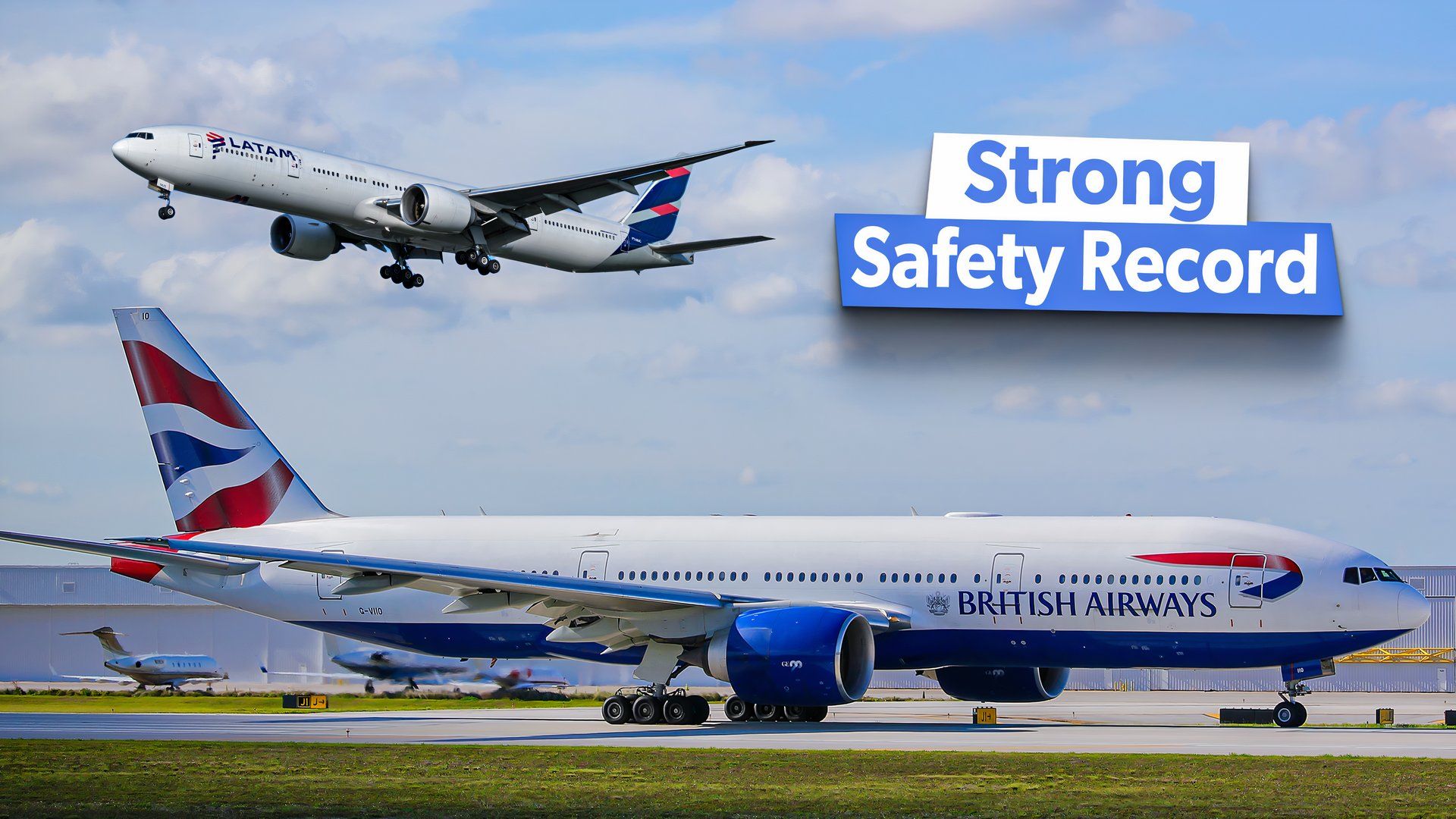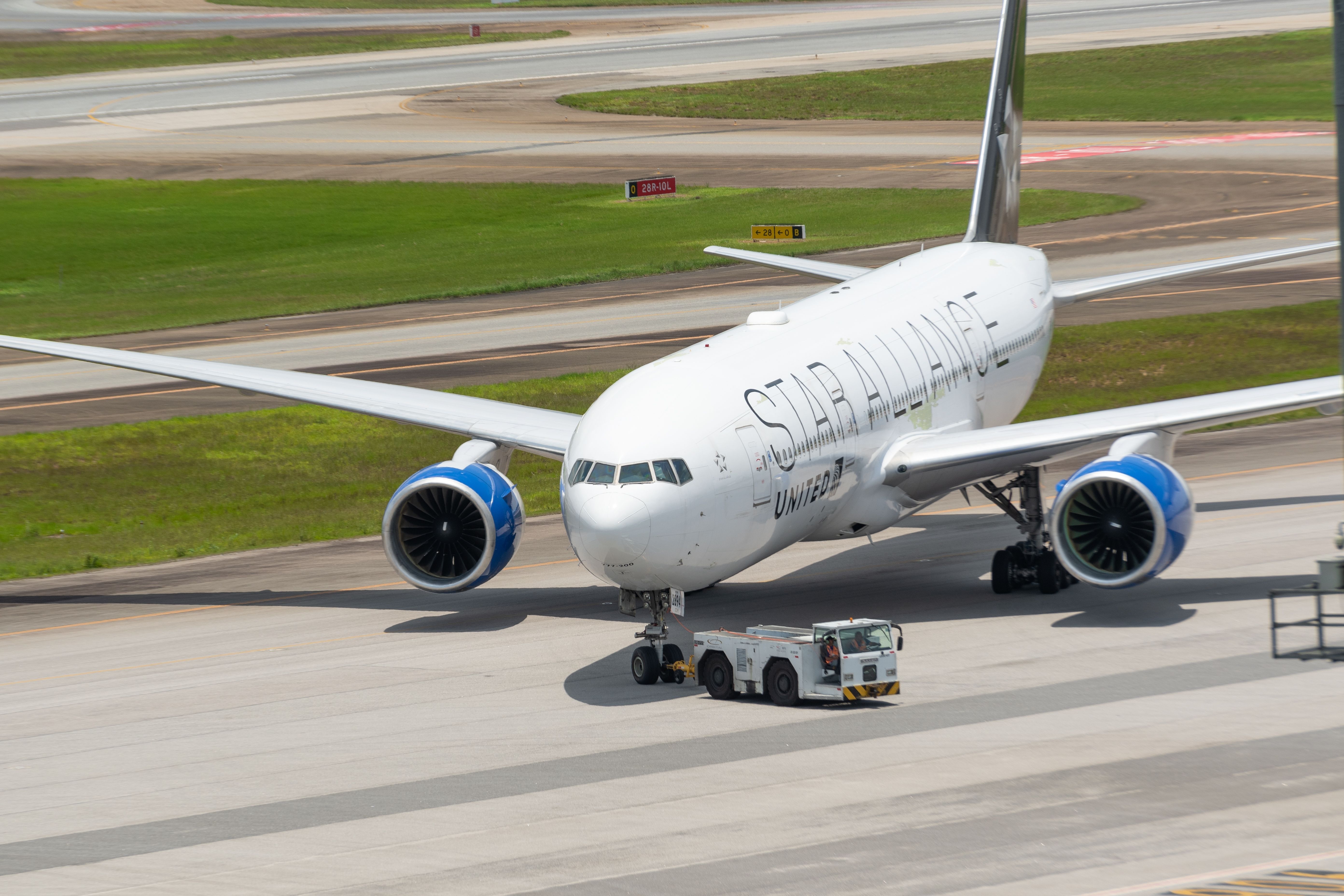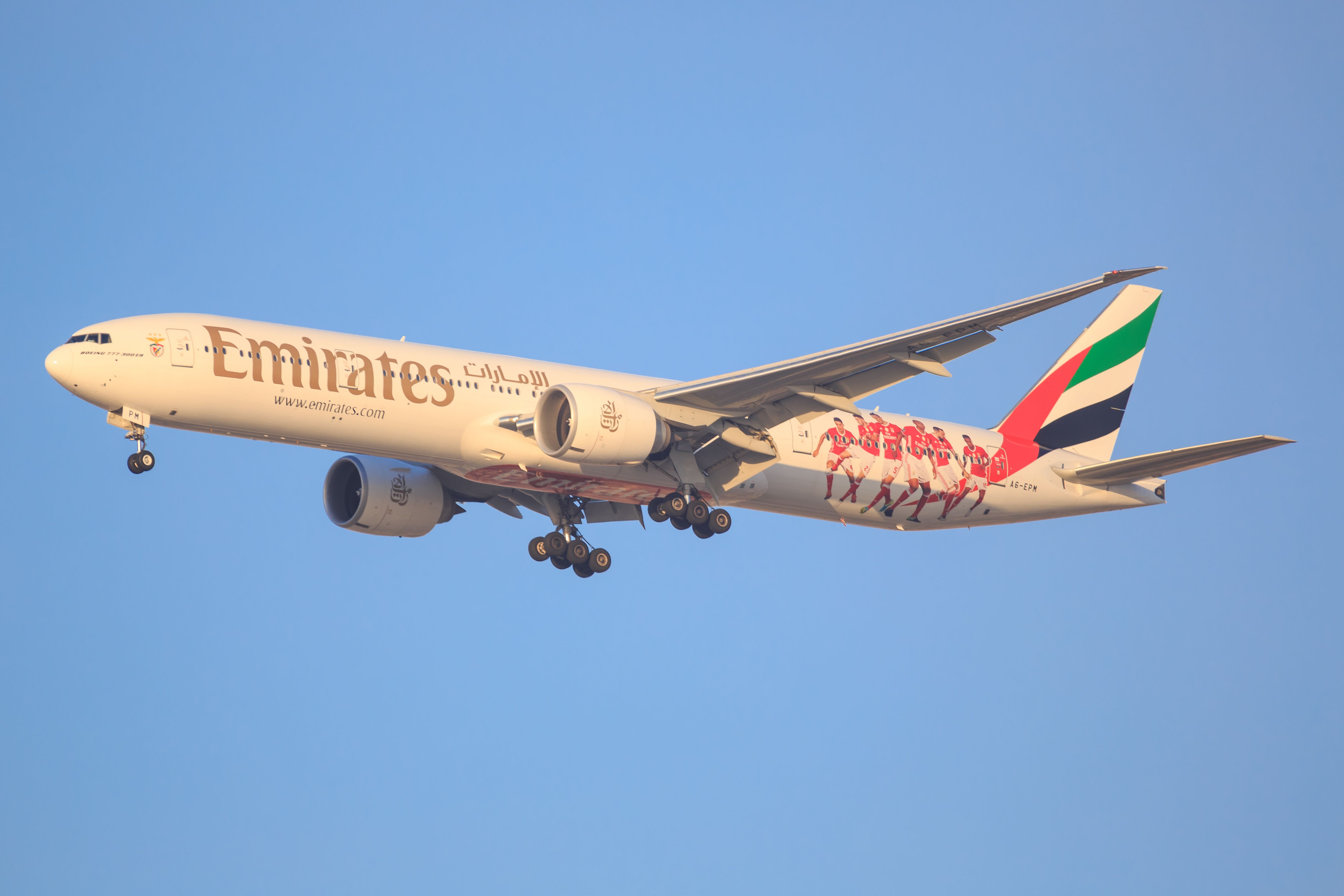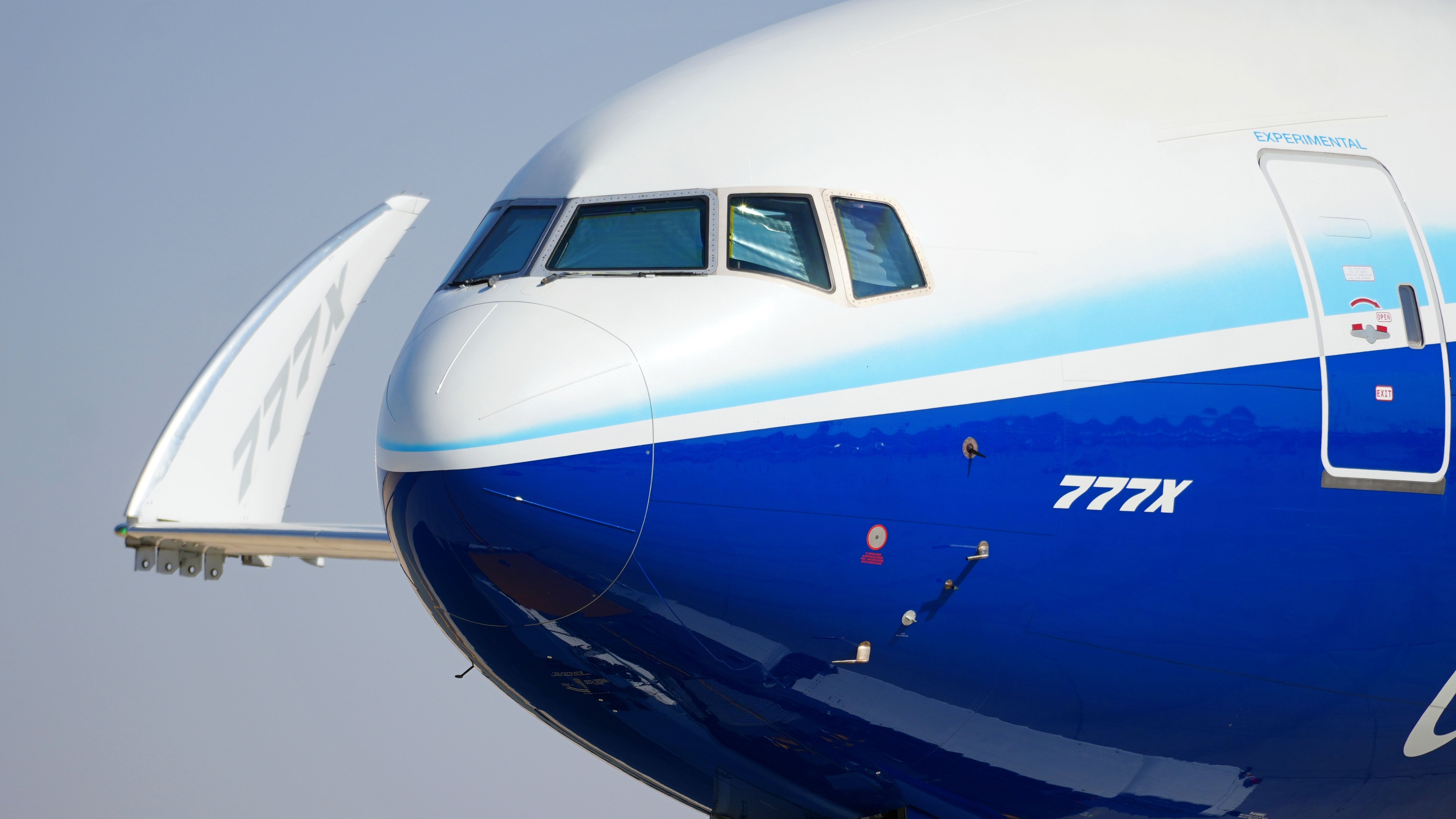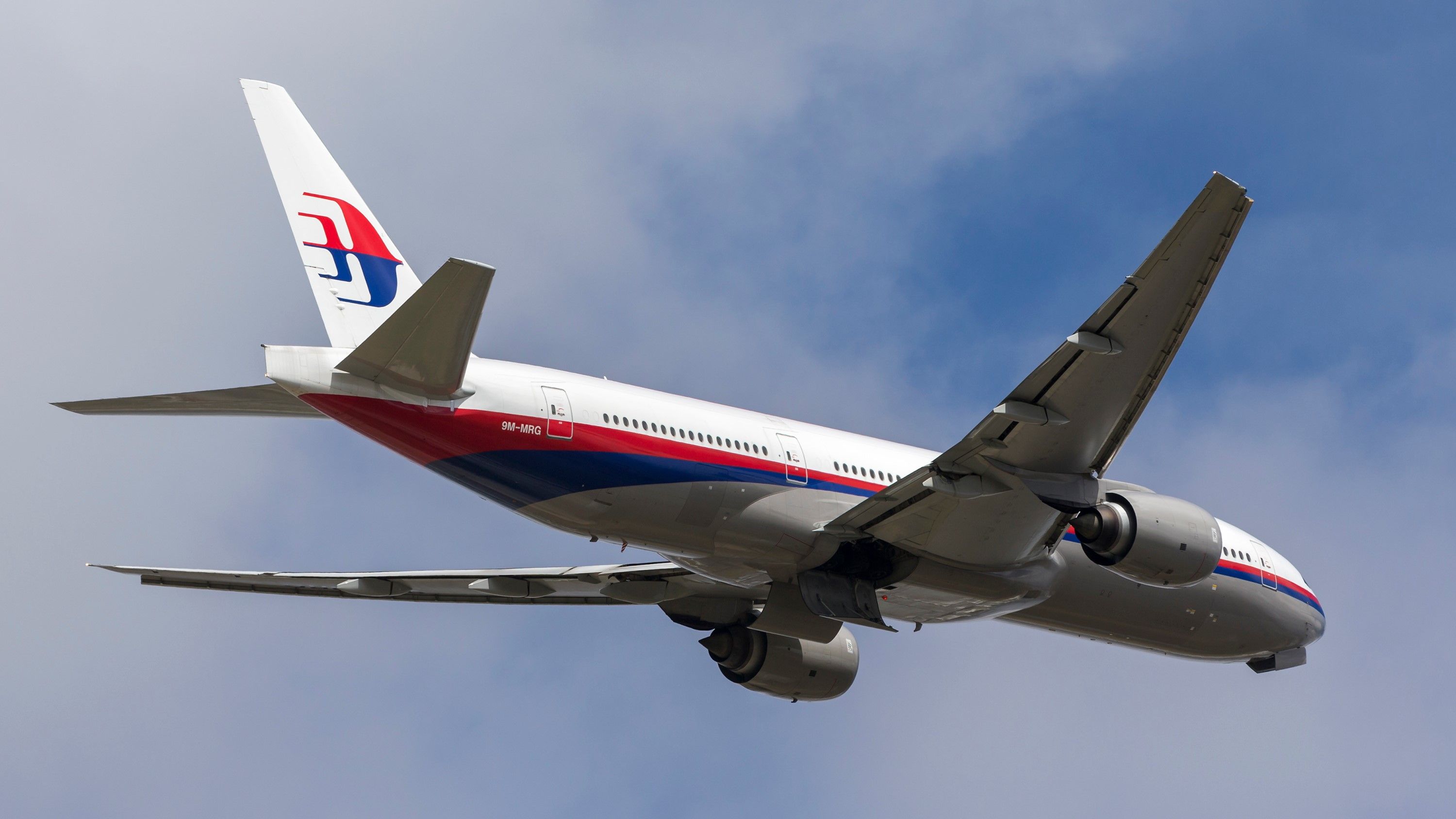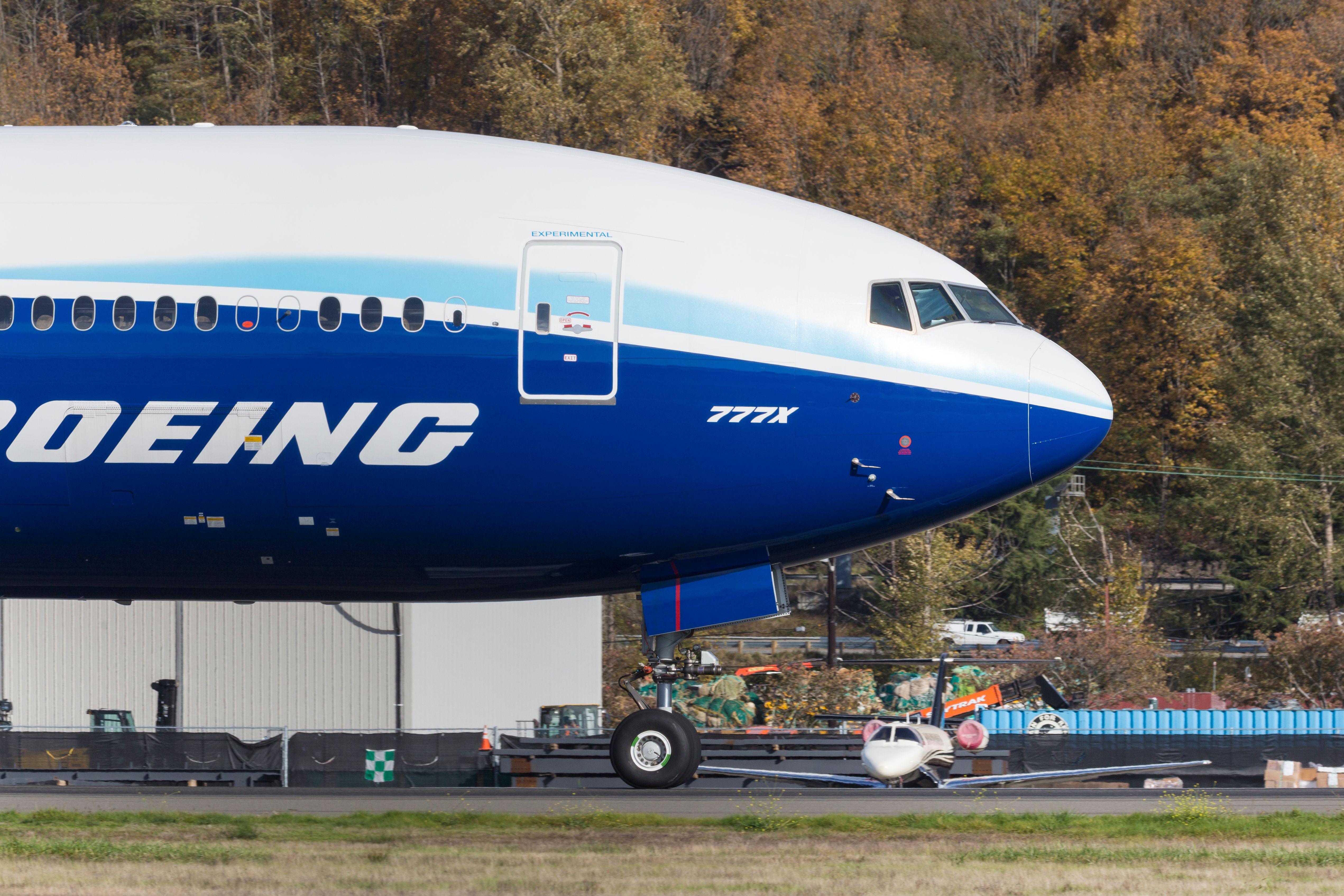Summary
- The Boeing 777’s advanced design & redundant systems bolster its safety record.
- The system & maintenance ensure safety even on long-haul flights.
- Recent concerns about Boeing 777 safety do not diminish its overall strong safety reputation.
Boeing 777
, one of the most widely used widebody jets, has earned an excellent reputation for its safety record since its introduction in the 1990s. However, recent concerns about potential risks, such as those highlighted in a 2024 safety directive, have raised questions about whether the aircraft still maintains its gold standard for safety. We take a look at the Boeing 777’s historical safety performance, evaluate new concerns, and explain the reasons for its impressive track record in the aviation industry.
Photo: Miguel Lagoa | Shutterstock
The Boeing 777 was first introduced in 1995 and quickly became a popular choice for long-haul flights. Airlines have embraced the aircraft for its fuel efficiency, passenger comfort, and reliability. Over the years, major airlines such as
 Emirates
Emirates
,
![]() Singapore Airlines
Singapore Airlines
, and
British Airways
have relied on the 777 family, notably the 777-200ER and the popular 777-300ER. The aircraft’s large size, along with superior engineering, has made it a popular choice among passengers and airline operators.
Photo: Mike Fuchslocher | Shutterstock
Factors behind the Boeing 777’s safety reputation
The 777’s safety record is often considered a benchmark in the aviation world. Several factors contribute to its impressive safety record:
- Advanced design: The 777 was designed to have a fly-by-wire flight control system. This replaces traditional mechanical flight controls with electronic interfaces, which can help reduce pilot error, allow for more accurate control of the aircraft, and improve overall aircraft stability.
- Redundant systems: The 777 is equipped with multiple redundant systems for critical functions such as navigation, communication, and flight control. This redundancy helps to ensure that the aircraft can continue to operate safely even if one system fails. The 777’s fuselage and wings are designed for durability, while its redundant systems ensure that even in the event of a system failure, backup systems can take over, reducing the risk of accidents.
Photo: Coby Wayne | Shutterstock
- ETOPS: The 777 was one of the first widebody aircraft to operate under the Extended-range Twin-engine Operational Performance Standards (ETOPS), allowing it to fly long distances across oceans with just two engines. This was initially met with skepticism, as older-generation widebody aircraft typically relied on three or four engines for long-haul flights. However, the 777 has proved that two engines are sufficient for maintaining safety even on ultra-long-haul flights over the years.
- Stringent maintenance procedures: Boeing has strict maintenance procedures in place for the 777. These procedures are designed to identify and address potential safety issues before they can lead to an accident. Airlines that operate the aircraft must follow strict inspection protocols, which identify potential issues before they become safety risks.
The accidents
Despite its strong historical safety record, the 777 has been involved in a number of high-profile incidents in recent years. The 777 series has had few major accidents relative to the number of flights it operates, with most incidents being isolated. One such example is the disappearance of Malaysia Airlines Flight
MH370
in 2014, which remains one of aviation’s greatest unsolved mysteries.
The plane, registered as 9M-MRO, disappeared from the radar while flying from Kuala Lumpur International Airport (KUL) to Beijing Capital International Airport (PEK). The cause of its disappearance has not been determined.
In the same year, Malaysia Airlines Flight MH17, a Boeing 777-200ER registered as 9M-MRD, was shot down by Russian-backed forces with a BUK missile 9M38 surface-to-air missile on July 17, 2014, while flying over eastern Ukraine.
Photo: Ryan Fletcher | Shutterstock
Similarly, Asiana Airlines Flight 214’s tragedy in 2013, in which a 777-200ER, HL7742, crashed on final approach at San Francisco International Airport (SFO), was blamed on pilot error rather than a flaw with the aircraft. On February 20, 2021, United Airlines Flight 328, which was flying from Denver to Honolulu, suffered an engine failure shortly after takeoff.
But overall, the plane’s design features, including modern avionics and systems, and a robust fuselage, have played an important role in protecting passengers in the few situations when accidents have happened.
Recent safety concerns
In March 2024, the US Federal Aviation Administration (FAA) issued an airworthiness directive, raising concerns over potential issues with hundreds of Boeing 777s, particularly the risk of midair explosions related to engine parts.
According to the notes, the 777 has poor electrical insulation near its fuel tank, which could result in an ignition source inside the fuel tank and a subsequent fire or explosion. Although the instructions sounded concerning, they were considered a proactive effort to ensure safety and prevent future accidents.
Safety record remains strong
The Boeing 777’s accident rate remains extremely low compared to other aircraft models. Its impressive safety record has earned it the trust of both airline operators and passengers, leading many to label it one of the safest commercial aircraft ever built.
The recent safety concerns surrounding Boeing aircraft highlight the importance of continuous vigilance and a commitment to safety on the part of both manufacturers and airlines. Every airplane in service today, including the 777, is constantly inspected to ensure it satisfies high safety criteria.
When issues arise, they are typically addressed promptly, either by instructions issued by the FAA or through manufacturer-led safety programs. While the 2024 directive has raised some eyebrows, it does not indicate a broader safety issue with the Boeing 777. It is noteworthy that these possible dangers were discovered and handled, demonstrating the industry’s proactive attitude to safety.
Photo: BlueBarronPhoto | Shutterstock
The Boeing 777’s historical safety record remains strong, even in the face of occasional safety directives or isolated incidents. With millions of flight hours logged and its continued use by major airlines worldwide, the aircraft is a testament to modern aviation engineering and safety protocols.

